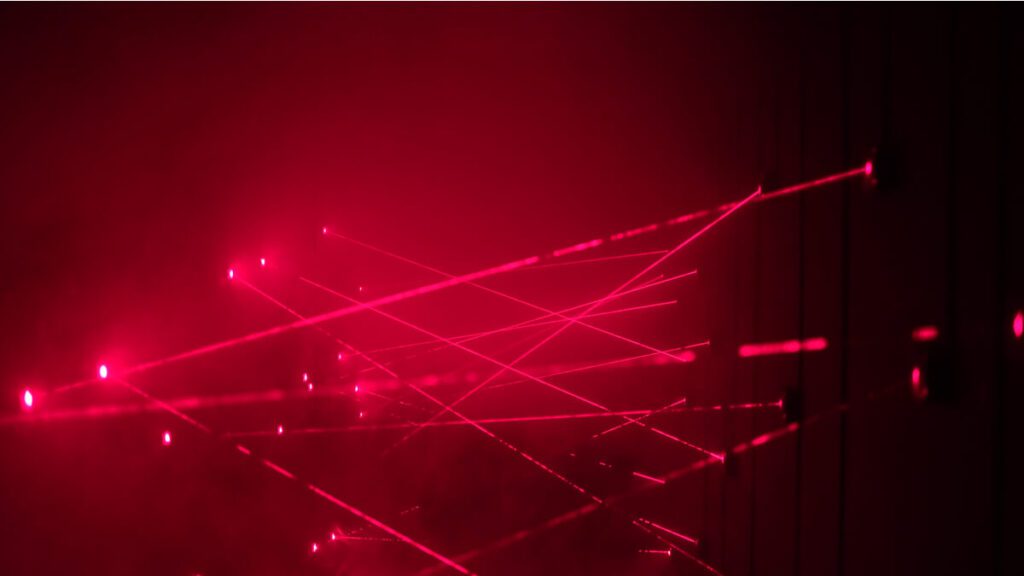This new technique can reveal everything inside a closed room

Imagine you had the choice to pick one superhero ability, what would you pick?
For researchers at Stanford Computational Imaging Lab, that ability would be to see inside a closed room, as they have developed a technique called “non-line-of-sight imaging” in which one laser light entering a room can showcase any physical objects sitting inside.
“Non-line-of-sight (NLOS, for short) imaging is by no means a new idea. It’s a clever technique that’s been refined in research labs over the years to create cameras that can remarkably see around corners and generate images of objects that otherwise aren’t in the camera’s field of view, or are blocked by a series of obstacles,” according to Gizmodo.
The way the technique works is by issuing light pulses from a camera, usually in the form of lasers, which in return bounce off the object in the closed room before eventually signaling to the camera’s sensors.
The results do not produce high-quality resolution, but it’s always accurate, showcasing with details what the object in question is.
The new tech piece can be beneficial for devices like autonomous cars that may have potential hazards that aren’t directly visible. Hence, users can improve their safety and avoid obstacles on the long run.
However, there is one big limitation.
The technique is largely dependent on “a large reflective surface where light reflections coming off a hidden object can be measured. Trying to image what’s inside a closed room from the outside is all but impossible, or at least it was until now,” as cited by Gizmodo.
“When an object hidden in the room is static, the new keyhole imaging technique simply can’t calculate what it’s seeing. But the researchers have found that a moving object paired with pulses of light from a laser generate enough usable data over a long period of exposure time for an algorithm to create an image of what it’s seeing,” Gizmodo added.
Yet, researchers are optimistic that the new technique could be utilized as an easy method by police or the military to analyze the risks of entering a room before removing the barriers and breaking inside.
While there is a long way to go to develop Stanford Computational Imaging Lab’s new technique, the innovative concept marks a huge step towards viewing tech as a solution to complex issues.
